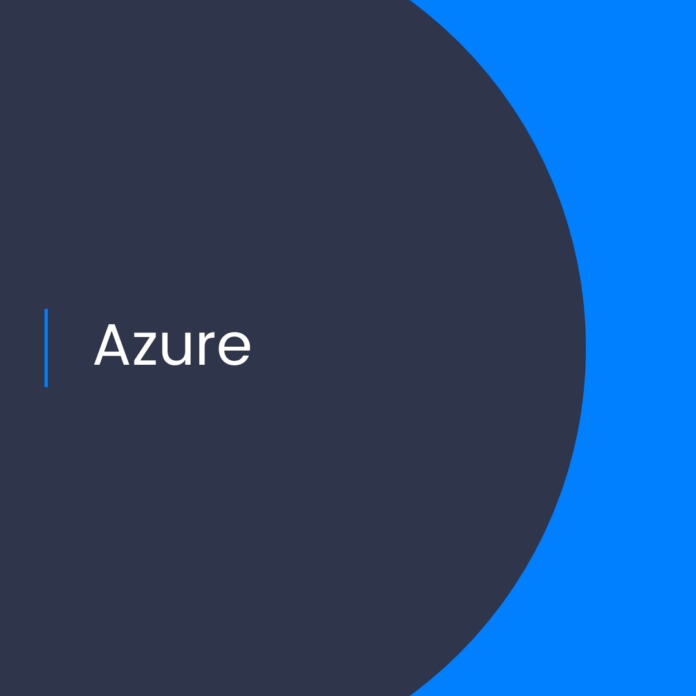Introduction to Federated Learning with Azure Machine Learning
The ongoing development of AI technology is revolutionizing the way we interact with technology. As AI becomes more and more pervasive, the need for privacy-preserving innovation increases. One such innovation is Federated Learning, which is powering the development of AI that can be used across multiple organizations and data sets without any need for data to be shared. This article will provide an overview of Federated Learning and its implications for Azure Machine Learning.
What is Federated Learning?
Federated Learning is a distributed machine learning technique which allows multiple organizations to collaborate on a machine learning task without the need for data to be shared between them. This is done by training models on local data sets, then aggregating the model updates from each organization to create a global model. This approach allows different organizations to collaborate on AI tasks while preserving the privacy of their data.
Benefits of Federated Learning with Azure Machine Learning
Federated Learning with Azure Machine Learning provides numerous benefits for organizations that need to collaborate on AI tasks while preserving the privacy of their data. By leveraging the power of the cloud, organizations can quickly and securely share their updates without having to worry about data being shared between them. Additionally, Azure Machine Learning also provides tools for data privacy and security, allowing organizations to control access to their data and ensure that it is not used without their consent.
How to Get Started with Federated Learning on Azure ML
Getting started with Federated Learning on Azure Machine Learning is easy. All you need to do is create a project in the Azure ML Studio, select the Federated Learning option from the left-hand menu, and start creating your model. You can then add the data sets from each organization and start training the model. Azure Machine Learning will then take care of the rest, aggregating the model updates from each organization and creating a global model.
Common Questions About Federated Learning
Q1: What is the difference between Federated Learning and Distributed Machine Learning?
Federated Learning is a type of distributed machine learning, but with an added emphasis on privacy and security. Unlike regular distributed machine learning, federated learning allows multiple organizations to collaborate on an AI task without requiring data to be shared between them. This allows organizations to collaborate on AI tasks while preserving the privacy of their data.
Q2: How does Federated Learning work?
Federated Learning works by training models on local data sets, then aggregating the model updates from each organization to create a global model. This process allows different organizations to collaborate on AI tasks while preserving the privacy of their data.
Q3: What are the benefits of using Federated Learning with Azure ML?
Federated Learning with Azure ML provides numerous benefits for organizations that need to collaborate on AI tasks while preserving the privacy of their data. By leveraging the power of the cloud, organizations can quickly and securely share their updates without having to worry about data being shared between them. Additionally, Azure ML also provides tools for data privacy and security, allowing organizations to control access to their data and ensure that it is not used without their consent.
Q4: What is the difference between Federated Learning and cloud-based machine learning?
Federated Learning is a type of distributed machine learning, while cloud-based machine learning is a type of centralized machine learning. With Federated Learning, multiple organizations collaborate on a machine learning task without the need for data to be shared between them. With cloud-based machine learning, all of the data is stored on a central server and all of the organizations collaborate on a single machine learning task.
Q5: How do I get started with Federated Learning on Azure ML?
Getting started with Federated Learning on Azure ML is easy. All you need to do is create a project in the Azure ML Studio, select the Federated Learning option from the left-hand menu, and start creating your model. You can then add the data sets from each organization and start training the model. Azure ML will then take care of the rest, aggregating the model updates from each organization and creating a global model.
Conclusion
Federated Learning with Azure Machine Learning is a powerful tool for organizations that need to collaborate on AI tasks while preserving the privacy of their data. By leveraging the power of the cloud, organizations can quickly and securely share their updates with each other without having to worry about data being shared between them. Additionally, Azure ML also provides tools for data privacy and security, allowing organizations to control access to their data and ensure that it is not used without their consent.



